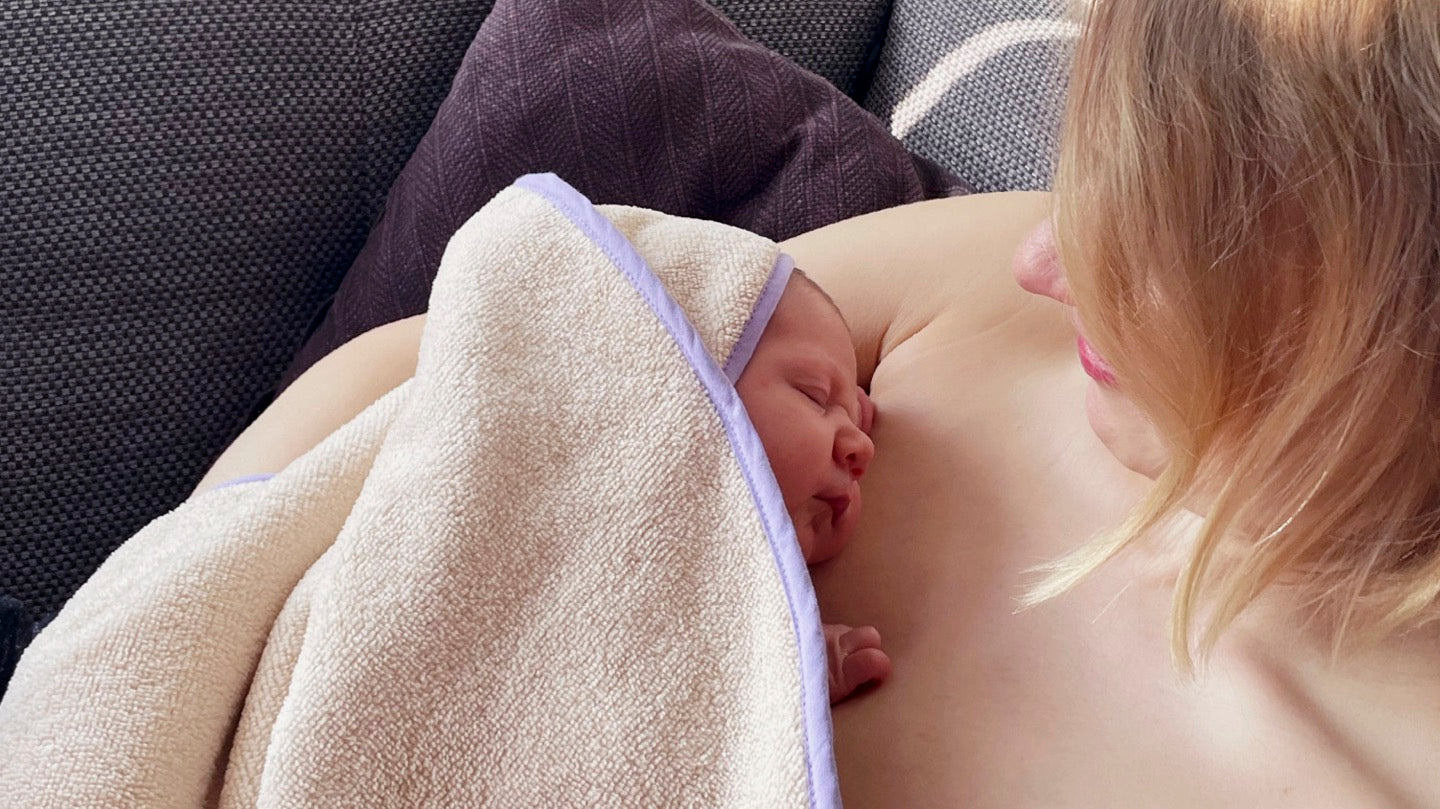The term “bonding” describes the phase of the beginning emotional bond between a child and its parents. It begins immediately after birth and extends over the first months and years of life. A central component of bonding is the physical closeness between the child and the child Parents, as it provides a feeling of safety and security and has a positive effect on child development.
A stable parent-child bond
The birth of a baby begins an intensive time in which the child and parents get to know each other and, ideally, develop a close bond with each other. Building a stable parent-child relationship is also known as bonding and is considered an extremely formative process for the child's further development.
Parents can do a lot right from the start to ensure that a close relationship of trust develops between them and their child. By giving your baby as much physical closeness and loving attention as possible. Because touch, warmth, eye contact and gentle words have a calming and comforting effect. This in turn creates trust and provides security.
Bonding as a loving process
If circumstances permit, the newborn should be placed on the mother's or father's bare torso immediately after birth and thus experience security through the warmth, smell and heartbeat of the parents. It is important to make sure that the baby's body is covered and that the head does not get cold.
In some cases, direct skin contact is not possible immediately, e.g. B. due to a cesarean section or necessary medical care for the newborn. Many parents believe that this means they are missing an important moment in a stable parent-child relationship. But bonding doesn't happen in a short moment. It is a long-term process that takes place through closeness and sensitivity to the child's needs.
Skin contact promotes physical development
However, skin contact plays a special role, especially in the first few weeks and months, and should often be initiated by cuddling, carrying or touching, as it not only has an emotionally stabilizing effect, but also supports physical development.
- Regulation of body temperature: Skin contact helps babies regulate their own body temperature.
- Stabilization of the cardiovascular system: Close contact with parents can help stabilize heart rate and blood pressure.
- Promote breathing: Skin-to-skin contact can improve breathing. The breathing rate is regulated and the oxygen saturation in the blood is increased.
- Boosting the immune system: Close skin-to-skin contact exposes babies to the natural microorganisms on their parents' skin, which helps strengthen their immune system.
These effects have now been scientifically proven and are therefore also used in the care of premature babies (we also recommend the information from StarkeKids.com ). So-called "kangaroo care", in which the premature baby is regularly placed on the parents' bare chest, not only serves the baby's mental well-being, but also contributes significantly to good physical development.

Wombly Bonding Cape Livia - for newborns, made of terry cloth
|
The Wombly Bonding-Cape
We have a bonding cape to support the bonding process developed to facilitate skin-to-skin contact. What's special: It can be preheated and the hood keeps your little head warm throughout. Our bonding cape is available in two sizes - for newborns and for premature babies. The premature baby cape has practical arm loops that prevent it from slipping.
|

Wombly Bonding Cape Nika - for premature babies, made of terry cloth
Bonding as the foundation for trust and confidence
Children who have experienced a lot of physical closeness and attention in the first phase of life benefit from this in the long term. By developing deep trust in their parents, their trust in themselves and in other people is also strengthened. In this context one also speaks of basic trust. A successful bonding process that conveys feelings of safety and security increases a child's self-confidence and the ability to better deal with uncertainties in life. Cuddling, carrying, sensitive satisfaction of needs and loving attention as essential components of bonding are therefore much more than just interpersonal snapshots. They strengthen a child throughout their life and form a foundation for trust, confidence and a self-assured life.
(Image credit | Wombly adaptive kidswear)





